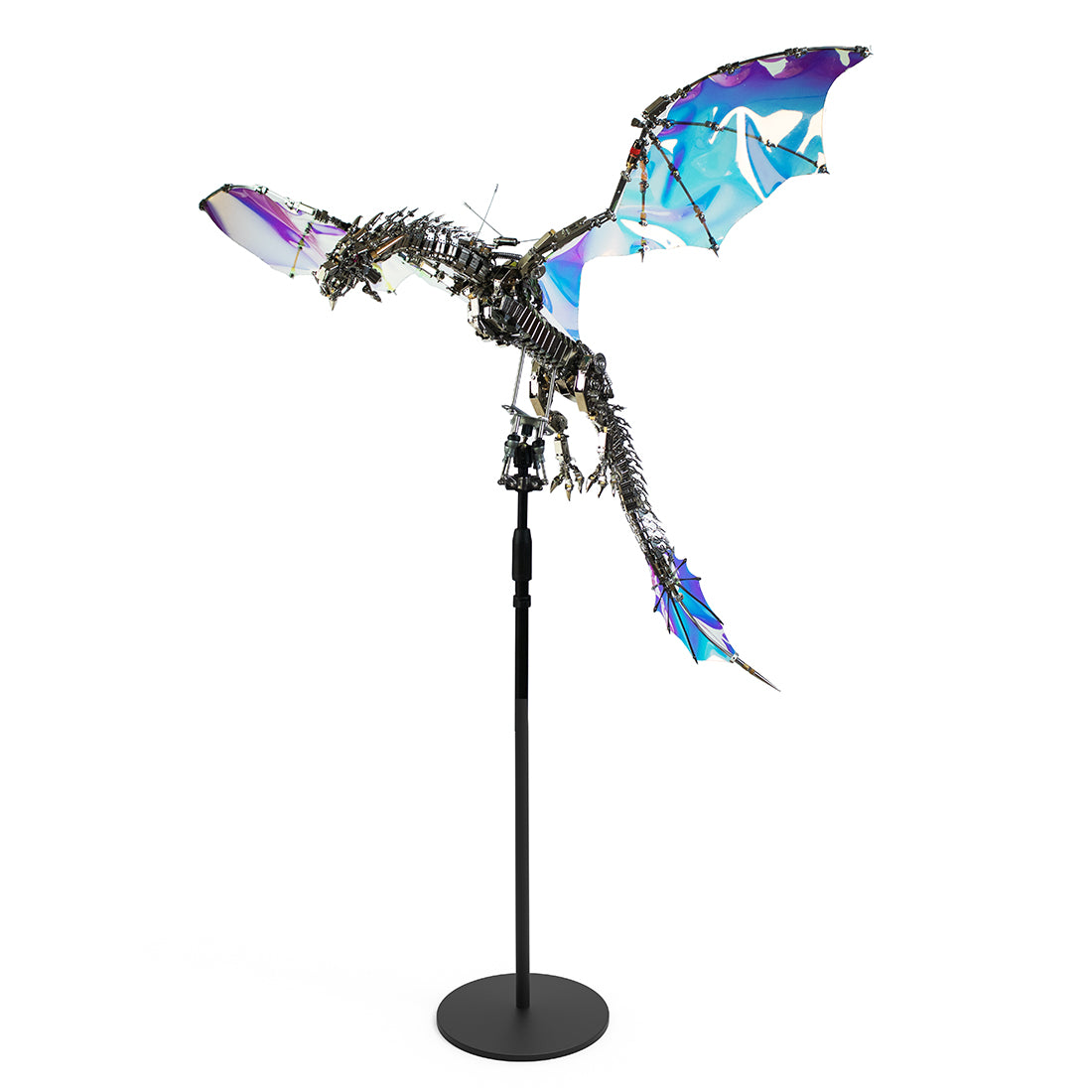Jumping spiders are a type of spider that belongs to the family Salticidae. This family is made up of over 6,000 different species of spiders, making it the largest family of spiders in the world. They are easily recognized by their distinctively large eyes and their habit of jumping from place to place when hunting. Jumping spiders are found throughout the world, and although they can be found in most habitats, they are particularly common in tropical regions.
Jumping spiders are very unique spiders, and they are known for their elaborate courtship rituals and behaviors. They are generally small to medium-sized spiders, and they have a wide variety of colors and patterns. The average jumping spider is about one-half inch long, but some species can reach lengths of up to two inches.
The body of a jumping spider is divided into two sections, the cephalothorax and the abdomen. The cephalothorax contains the spider’s head, mouthparts, and eight legs. The abdomen contains the spider’s reproductive organs, digestive system, and silk glands. Jumping spiders have eight eyes, but they only use their anterior median eyes (AME) to detect movement and prey. These eyes are located at the front of the spider’s head and are the largest eyes on the spider.
Jumping spiders are active hunters and they typically hunt by day. They use their AME to detect movement, and then they will leap or jump onto their prey. They primarily feed on small insects, but they will also take larger prey if it is available.
In addition to their hunting abilities, jumping spiders are also known for their elaborate courtship rituals. Males will often perform various dances and displays to attract a female. The male may also present a gift to the female, such as a dead insect, in order to show his worthiness as a mate.
Jumping spiders are quite hardy and they can survive in a wide range of climates. They do not make webs, but they do use silk to construct a retreat where they can hide from predators and rest during the day.
Jumping spiders are generally not considered dangerous to humans. They may bite if they feel threatened, but the bite is usually not serious and will only cause a slight irritation. Jumping spiders are an important part of many ecosystems and their presence is often beneficial to humans, as they help to control insect populations.
Although jumping spiders have been around for millions of years, our understanding of them is still relatively limited. More research is needed to better understand their behavior, ecology, and evolution.
Jumping spiders are fascinating creatures that are sure to continue to fascinate people for many years to come. They are an important part of many ecosystems and they provide us with valuable services such as pest control. They are also entertaining to watch, as they perform their elaborate courtship rituals and hunt for prey.
Whether you’re a scientist or just an amateur spider enthusiast, there is much to learn about jumping spiders. With their wide variety of colors, patterns, and behaviors, jumping spiders are sure to keep you entertained and educated for years to come.
Jumping spiders are an important part of our ecosystems and are essential for their role in controlling insect populations. They are also fascinating creatures to observe, and with their unique behaviors and intricate courtship rituals, they provide us with hours of entertainment.
fun facts on jumping spider
1. Jumping spiders are unique among spiders because they have the ability to jump up to 50 times their own body length.
2. Jumping spiders have excellent vision and can see in color, as well as having a larger field of vision than most spiders.
3. Jumping spiders are able to accurately gauge the distance of their jump and adjust their jump accordingly.
4. Jumping spiders use their legs to propel themselves forward in a zigzag pattern before leaping.
5. Jumping spiders have no web-spinning abilities and instead hunt for their prey.
6. Jumping spiders can jump up to three feet in length and can reach speeds of up to 1.5 feet per second.
7. Jumping spiders have an acute sense of touch and use their front legs to sense vibrations in the air.
8. Jumping spiders can catch and eat prey that is up to three times their own size.
Jumping spiders are an incredible species that everyone should take the time to appreciate and learn more about. With their elaborate courtship rituals, unique hunting methods, and beautiful colors and patterns, jumping spiders are sure to capture your imagination.

















2 comments
thank you Nancy (I’m a Nancy also) lol.
I rescued a jumping spider mite from our Christmas tree just as it was being dragged outside. (It jumped on my hand. It knew…) I transferred it to my rather large rabbit’s foot fern that I knew attracted fruit flies. I am delighted to watch this little gem grow in this sunny window and on this beautiful plant.